Sustainability Initiatives
The following is a listing of available resources regarding sustainability initiatives undertaken by members of the Agriculture Carbon Alliance.
Agriculture Carbon Alliance & Fertilizer Canada
Websites: Agriculture Carbon Alliance | Fertilizer Canada
Watch: Taking Advantage of Carbon Pricing Opportunities Webinar 2021
Canadian Canola Growers Association
Websites: Canadian Canola Growers Association | Canola Council of Canada
Canadian Cattle Association
Websites: Beef Cattle Research Council | Canadian Cattle Association | Canada’s National Beef Strategy
-
Cattle farmers and ranchers have a long-standing tradition of doing the right thing for the land and their animals and have demonstrated a growing commitment to sustainability. Today, these farmers and ranchers understand the need to raise more food using fewer resources. Global meat demand is expected to surge by 70 per cent by 2050 due to a growing world population, particularly the middle class.[1] The global livestock sector needs to ensure that they are able to meet this demand by supplying high quality protein while optimizing the use and sustainability of limited natural resources.
To bring together the many conversations occurring about sustainability, the Canadian beef industry created the Canadian Roundtable for Sustainable Beef (CRSB) in 2014, a collaborative group encompassing the whole beef value chain from gate to plate and beyond, of which CCA was a proud founding member. The CRSB’s mission is to advance the continuous improvement of Canadian beef industry sustainability through multi-stakeholder engagement, collaboration, communication, and science. The CRSB promotes this through their three core areas of work including:
- Sustainability benchmarking
- A voluntary certification framework and
- Sustainability projects.
Canada was the first country in the world to have an outcome-based certified sustainable beef program.
[1] https://www.canr.msu.edu/news/feeding-the-world-in-2050-and-beyond-part-1
Timeline
Past:
Canadian beef farmers and ranchers pride themselves on being conservationists, protecting the lands and provide a strong foundation for the environment and future generations.
Present:
Today, the Canadian beef industry is committed to continuously improve environmental outcomes, with benefits today and for generations to come. The National Beef Sustainability Assessment provides a comprehensive farm to fork benchmark of the sustainability performance of the Canadian beef industry from environmental, social and economic perspectives. The accompanying National Beef Sustainability Strategy identifies areas of improvement.
Future:
The Canadian beef industry is working to improve water and soil quality, support the health and safety of all people throughout the supply chain, improve beef quality, and incorporate technology to strengthen farmers’ bottom lines. Together with our partners, CCA has identified a suite of ambitious ten-year goals to continually improve practices, product quality, enhance natural environments, and utilize technologies to benefit people health, safety and profitability.
These goals will be used by CRSB to inform the update of their National Beef Sustainability Strategy. They will also inform the Beef Cattle Research Council’s (BCRC) update of the National Beef Research and Extension Strategy for 2023-28 and position the Canadian beef industry as part of the solution. In setting these goals, industry is aiming to build government and public support for beef production and its activities through a clear consistent message that addresses the challenges faced head on while also communicating its benefits.
Learn more about our 2030 goals: The Canadian Beef Industry Goals
Sustainability Pillars
Environmental Sustainability:
Cattle farmers and ranchers are long-time partners with the environment and manage their land to ensure sustainable operations for the long-term. They manage their farms and ranches using progressive practices that protect the health of their animals and the environment including water sources and work towards the maintenance of a sustainable agro-ecosystem. Modern methods of raising cattle produce more beef from fewer animals which maximizes resources like land and water while providing essential nutrients for the human diet.- Beef cattle production helps preserve approximately 1.5 billion tonnes of carbon in Canada.
- Over 1000 plant, animal and insect species make their home on Canadian rangeland. (BCRC)
- Canadian grasslands sequester carbon emissions of 3.62 million cars per year. (BCRC)
Social Sustainability:
The success of the Canadian cattle industry relies on healthy, well-cared for cattle and strong rural communities. Canada’s beef farmers and ranchers work hard to care for their animals every day. Canadian animal care regulations and standards, including the Code of Practice for the Care and Handling of Beef Cattle, which is a multi-stakeholder initiative, is an important aspect of animal care.Farmers and ranchers are a key part to growing strong rural communities across Canada.For example, many farmers and ranchers and their family members also work off-farmwithin the rural communities where they live, and many contribute significant volunteer hours every year.- 98% of cattle farms and ranches are family owned.
- The majority of farms support their local community by volunteering and purchasing local (CRSB, 2016)
Economic Sustainability:
Economic sustainability is dependent upon the health of all sectors along the supply chain – between the cow/calf farm or ranch, the feedlots, and the processors. The people who operate Canada’s 60,000 beef farms and feedlots understand that sustainable management is essential for good beef and good business. The decisions made by farmers and ranchershelp protect the land and work with it in a beneficial way to sustain cattle production for the long-term.- the Canadian cattle and beef sector contributes $21.8 billion to GDP at market prices (2018-20)
- the sector generates approximately 347,000 jobs in Canada either directly or indirectly, with every job in the sector yielding another 3.9 jobs elsewhere in the economy.
Guardians of the Grasslands
In 2021, conservationists, ranchers, and Canadian filmmakers released the short documentary, Guardians of the Grasslands, which explores one of the world’s most endangered ecosystems, the Great Plains Grasslands, and how they are working together to conserve those grasslands.
VIDEO: Watch the 12-minute “Guardians of the Grasslands” film below:
The Canadian Beef Industry Goals
The Canadian beef industry knows it has a vital role to play in being part of the solution for climate change. We are demonstrating our commitment to ensuring the health and viability of both the land and animals under the care of farmers and ranchers.
Building upon five-year goals that were outlined in the 2020-2024 National Beef Strategy, the industry has now identified a suite of ambitious ten-year goals that provide clear messaging about the process to continually improve how cattle are raised and enhance the natural environments under the care of beef farmers and ranchers.
This entire suite of long-term goals highlight the work of the Canadian beef industry as integral for climate change mitigation, supporting communities, embracing innovation, and the overall sustainability of our food system. These goals are ambitious, but realistic, and will show how the Canadian beef industry is striving for incremental, continual improvements from environmental, social, and economic perspectives. The hope is that these ambitious goals result in innovation in the beef industry and solidify our place as part of the climate solution.
“We want Canadians to know that we share their concerns around climate change and the need for a resilient food supply. Raising cattle in Canada is good for the environment and these goals demonstrate how we are striving to make every sector of the industry even better.”
~ Bob Lowe, Alberta rancher and President of the Canadian Cattlemen’s Association
VIDEO: Watch the “Canadian Beef Industry 2030 Goals” video below:
The Goals
How will these Goals be used?
These goals further position the Canadian beef industry as a leader in beef sustainability, and part of the solution on key topics. In setting these goals, we hope to address challenges and opportunities for improvement head-on, while also communicating the positive impact we have already made, particularly on the environmental and ecosystem benefits of livestock production in Canada.
For more information about the Goal Development Process, and the National Beef Strategy, please visit www.beefstrategy.com.
-
Cattle farmers and ranchers are long-time partners with the environment and manage their land to ensure sustainable and viable operations for the long-term. Farmers and ranchers use management practices that protect the health of their animalsand the environment by protecting water sources, grassland ecosystems,soil health, and working towards the maintenance of a sustainable agro-ecosystem. Modern production practices produce more beef from fewer animals which maximizes resources like land and water while providing essential nutrients for the human diet.
The efficiency and environmental footprint of beef production in Canada have improved significantly in the last 30 years. Researchers at the University of Manitoba and Agriculture and Agri-Food Canada (AAFC) Lethbridge found that producing each unit of Canadian beef
- used 17% less water,1
- required 29% less breeding stock, 27% fewer harvested cattle and 24% less land, and
- produced 15% less greenhouse gases2 in 2011 compared to 1981[1].
[1]https://www.beefresearch.ca/research-topic.cfm/environmental-footprint-of-beef-production-6
Beef cattle are often raised on land that is unsuitable for producing grain or vegetable crops, eating grasses that people can’t digest. Cattle utilize the land not suitable for producing grain or other crops, and because they are ruminant animals, are able to digest grass than humans can’t and turn it into high quality, nutritious protein source, while at the same time preserving natural ecosystems, enhancing plant biodiversity and wildlife habitat, protecting watersheds, reducing soil erosion and sequestering carbon. Cattle production is an effective and efficient way to provide a nutrient-dense protein by converting non-human quality forage/crop products into meat products.
The same rangelands and pasturesthat cattle graze on play a huge role in maintaining overall biodiversity, wildlife habitats, watersheds, and reducing soil erosion and greenhouse gases (GHG). The GHG footprint of Canadian beef production 11.04 kg CO2 equivalent, representing only 2.4% of Canada’s overall emissions, less half the world average. Lands used for beef production and managed by Canadian farmers and ranchers help preserve over 1.5 billion tonnes of carbon in Canada (CRSB, 2016).
Pasture lands are the preferred habitat for many species of Canadian wildlife, including some species that have been identified as being at risk. Canada’s national Beef Sustainability Assessment determined that 68% of the wildlife habitat in Canada is provided by land managed by beef production, representing only 33% of the total agricultural land. Burrowing owls, swift foxes, greater prairie chickens, greater sage grouse, black-tailed prairie dogs, and loggerhead shrikes are all species at risk that prefer unbroken pastures as their habitat. The swift fox is one species that could be delisted soon as habitat preserved by livestock grazing enables its population to rebound.
In 2019, the benefits of well-managed grazing were acknowledged in the State of Canada’s Birds report. The national report examined the human influence on Canada’s bird populations since the 1970s, and the negatives and positives driving the trend. The report recognized cattle grazing as a positive practice that can help to preserve habitat for birds. The report said the inclusion of bison, beef, and other range-fed meat in the human diet encourages the retention of pastureland.
Modern production practices maintain and improve environmental integrity of grassland ecosystems to sustain working landscapes, conserve biodiversity, and promote vibrant rural communities.
Environmental stewardship is compatible with or inherent in modern beef cattle production practices. Rangelands and pasture play a huge role in maintaining plant biodiversity, wildlife habitats, watersheds, and reducing soil erosion and greenhouse gases (GHG). Rangelands and tame pastures remove carbon dioxide from the atmosphere. Canada’s world-class efficiencies in cattle production continue to decrease the carbon footprint of our beef.
Cattle also play a vital environmental role in utilizing crops damaged by weather or pests and non-retail quality fruits and vegetables. Not only are these products upcycled into beef, they are diverted from landfills. Feedlot practices that improve growth performance and feed efficiency also have environmental benefit by using, for example, less feed per pound of beef and thus reduced manure output. Canadian cattle farmers and ranchers care about the environment and the land they work on and provide many ecosystem benefits. Using management practices that protect the health of the animal and the environment go a long way towards the maintenance of a sustainable agro-ecosystem.
Payment for Ecological Services (PES) Programs: Several common misconceptions surround Payment for Ecological Service (PES) Programs. This document tries to clarify some of these frequently asked questions while using tangible examples from existing programs.
Click here to download the PDF document explaining PES.
-
The Canadian beef industry works closely with conservationists, environmental non-governmental organizations, and other stakeholders on shared environmental goals, conserving the lands that cattle graze on, promoting biodiversity, and working on continual improvement including food waste initiatives.
Our environmental partners include (use logos alphabetically)
CCA was a founding member of the Canadian Roundtable for Sustainable Beef (CRSB), which facilitates a national dialogue to advance continuous improvement in the environmental, social, and economic,sustainability of the Canadian beef value chain. Through leadership, science, multi-stakeholder engagement, and collaboration, continuous improvement of sustainability of the Canadian beef value chain will be achieved and recognized.As the first of its kind in the world, CRSB created a voluntary on-site 3rd party audited certification program that recognizes sustainable practices in beef production and processing, supports sourcing commitment by retail& foodservice, and delivers credible, science-based claims to consumers.
CCA is a member of the Global Roundtable for Sustainable Beef (GRSB). Like the GRSB, the CCA is focused on developing the necessary tools to ensure beef production is environmentally sound, socially responsible, and economically viable.CCA is part of the Global Agenda of Action (GAA) toward Sustainable Livestock, a multi-stakeholder initiative with the vision to enhance the contribution of the livestock sector to sustainable development and to work towards more efficient use of natural resources by the global livestock industry.
CCA also works with the International Beef Alliance (IBA) to address common issues related to animal health, animal welfare, trade and carbon footprint and sustainability. The IBA includes the national organizations representing beef cattle farmers and ranchers in Australia, Brazil, Canada, Mexico, New Zealand, Paraguay, and the United States. Together, the Cattle Council of Australia, Associação dos Criadores de Mato Grosso, Associação Nacional dos Confinadores de Brasil, Canadian Cattlemen’s Association, Confederación Nacional de OrganizacionesGanaderas, Asociación Rural de Paraguay, Beef + Lamb New Zealand and the National Cattlemen’s Beef Association, represent farmers and ranchers from countries that account for 46 per cent of global beef cattle production and 63 per cent of global beef exports.
-
As stewards of a vast portion of the Canadian landscape, Canada’s beef cattle producers play a significant role in protecting and enhancing the environment. They continuously strive to improve existing stewardship conservation practices to create a sustainable future – always farming for tomorrow.
Since 1996, TESA has recognized producers who go above and beyond standard industry conservation practices and set positive examples for other cattle producers and the general public.
At the local level, a producer receives provincial recognition for their outstanding contributions. These recipients move forward as nominees for national recognition from the CCA. The national TESA recipient is announced during the CCA semi-annual meeting at the Canadian Beef Industry Conference.
Each nominee exemplifies significant innovation and attention to a wide range of environmental stewardship aspects in their farm operation. Such innovations extend beneficially to areas far beyond their land, including water, wildlife and air. For nomination and general information, please contact your provincial cattle association.
Learn More: https://www.cattle.ca/sustainability/the-environmental-stewardship-award/

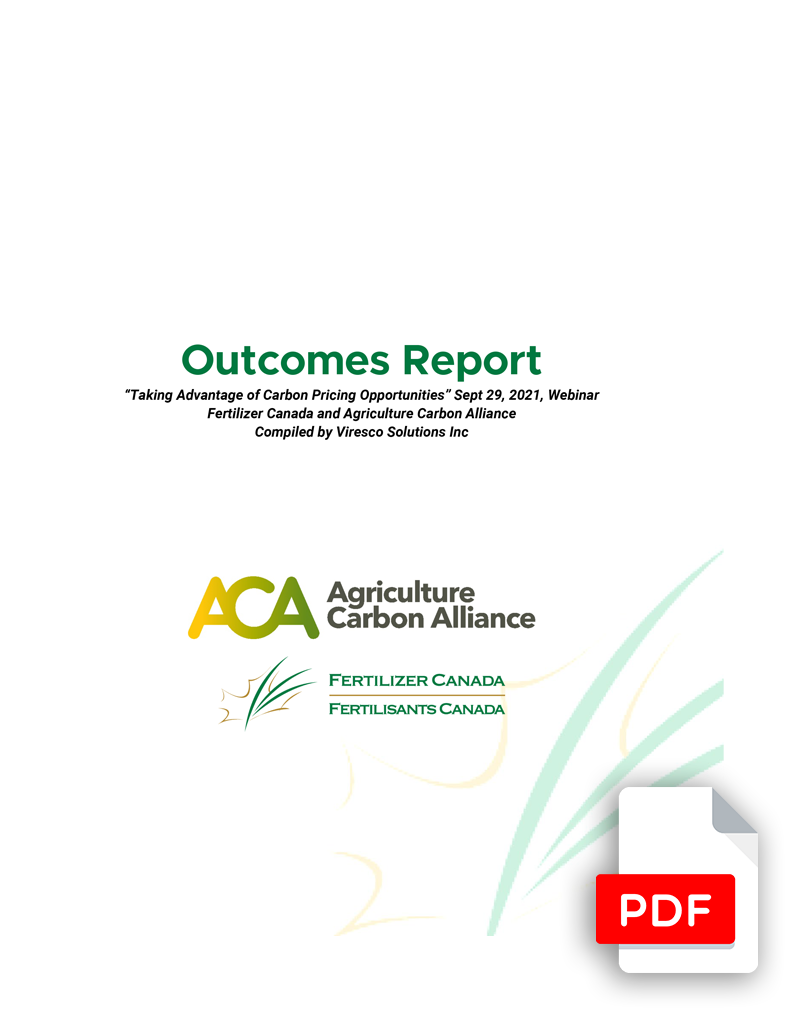 Outcomes Report (PDF)
Outcomes Report (PDF)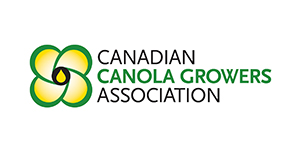
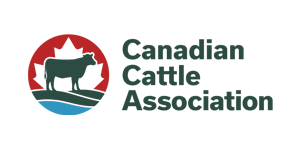
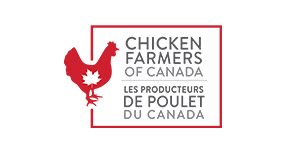
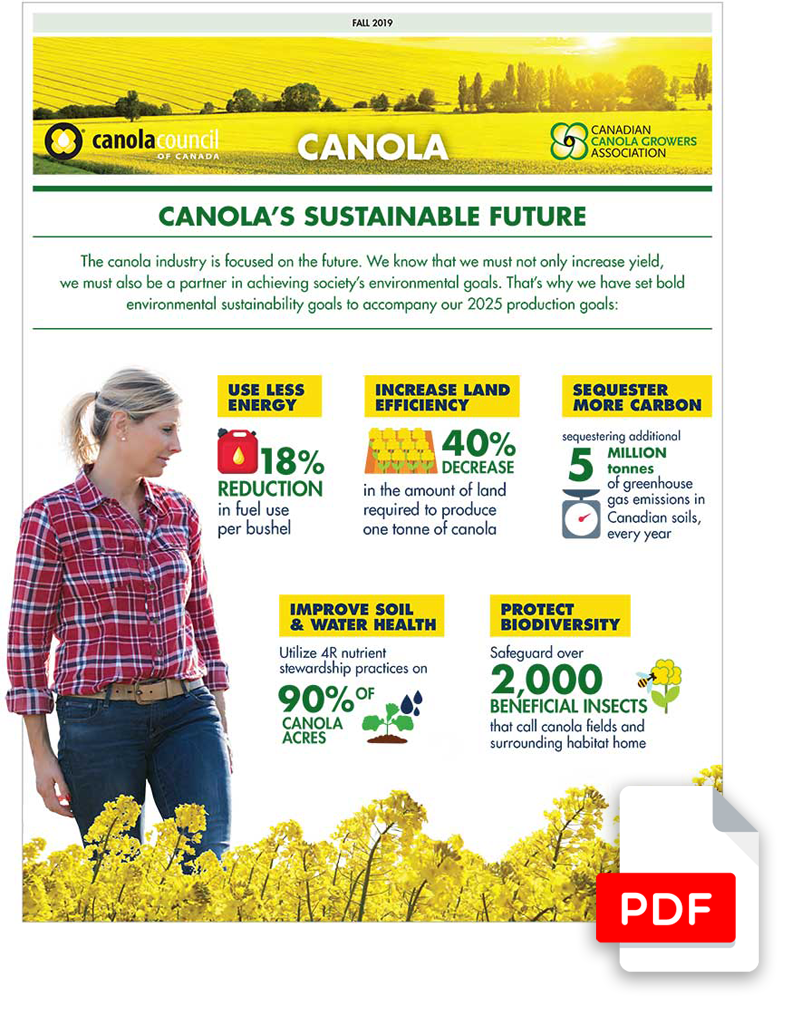 Canola’s Sustainable Future (PDF)
Canola’s Sustainable Future (PDF)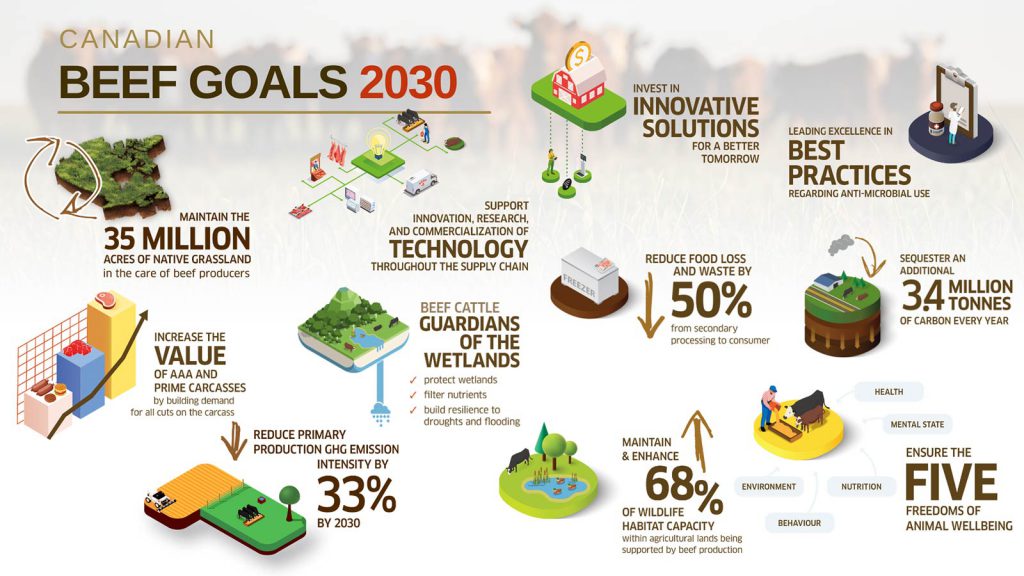
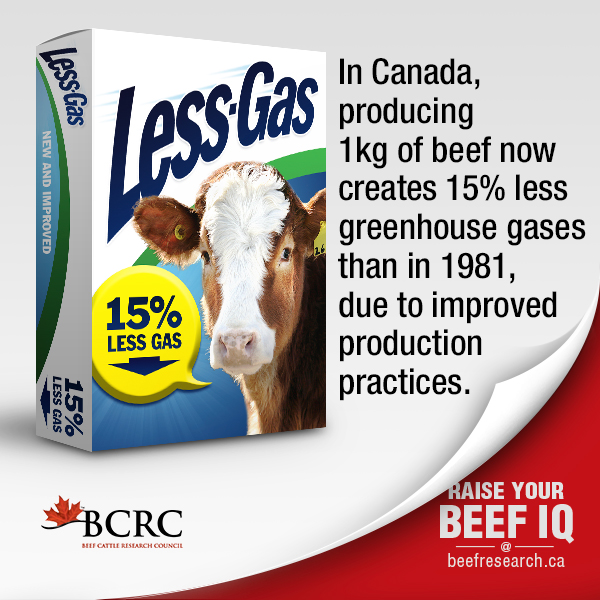
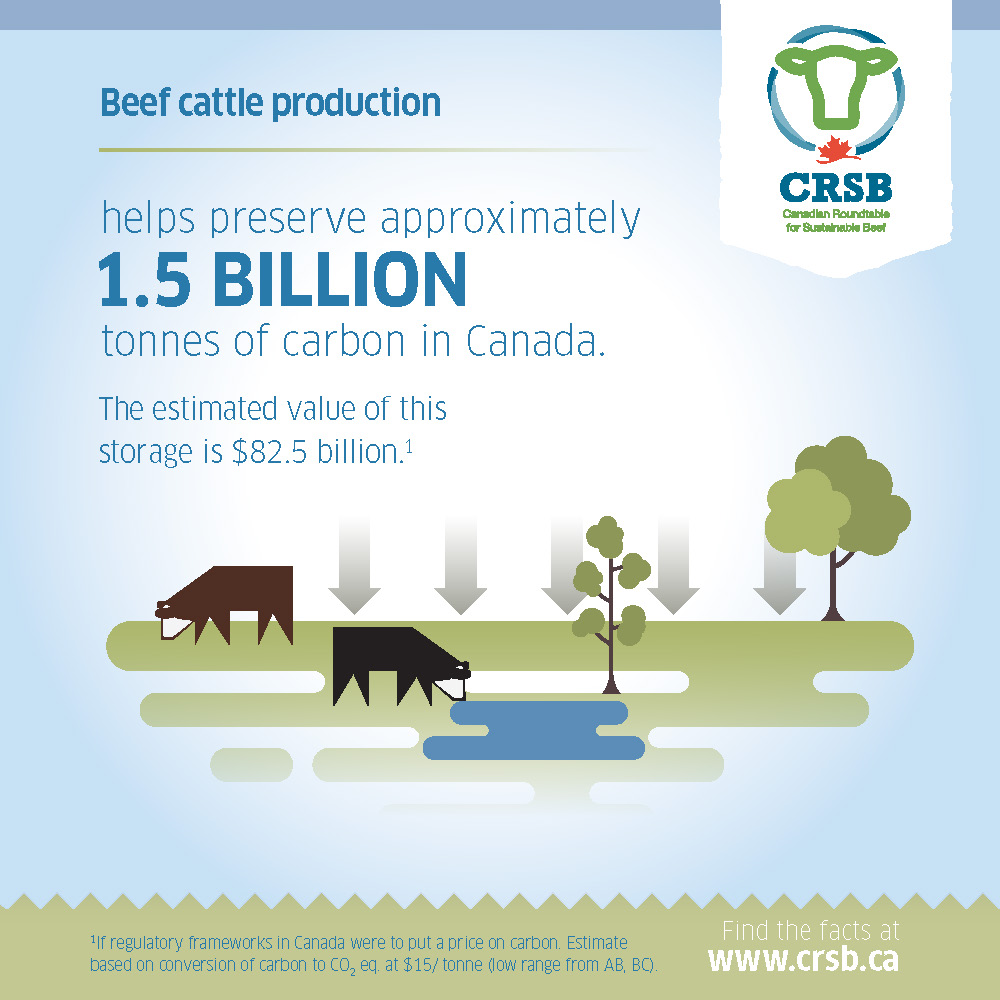

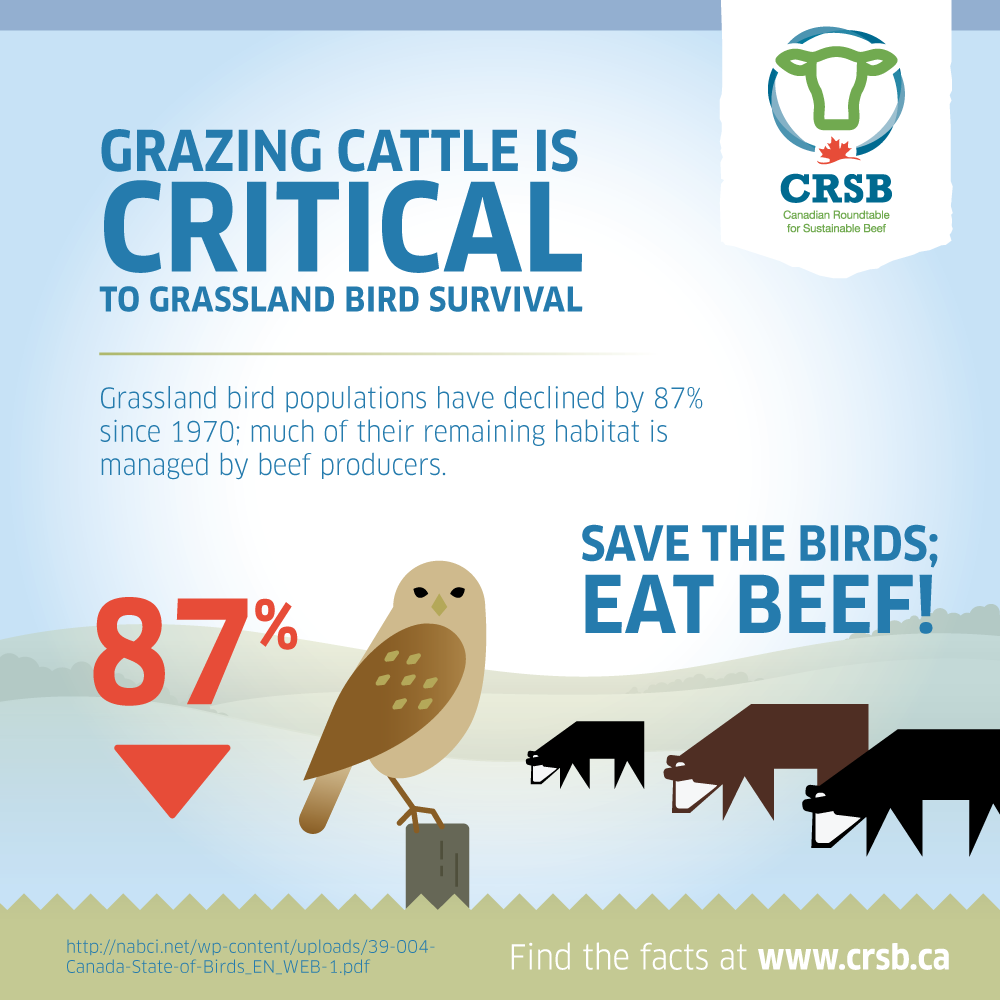

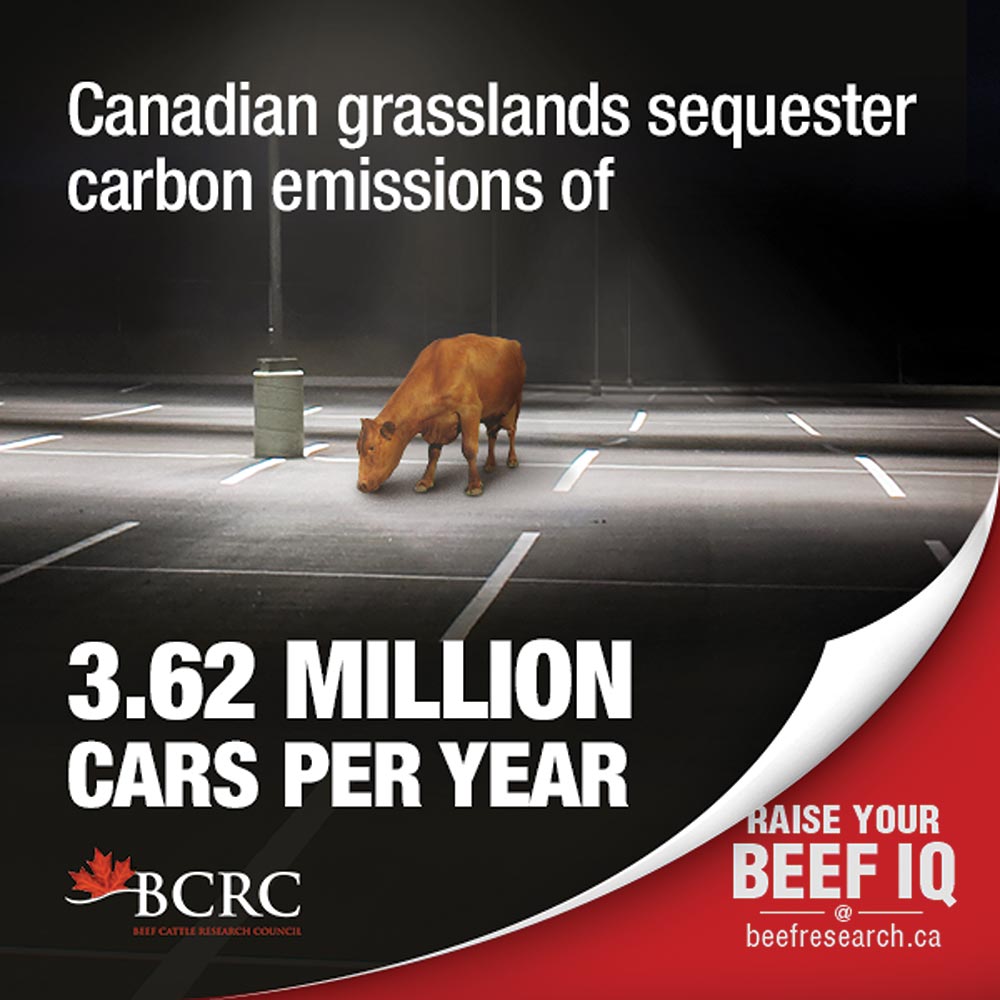


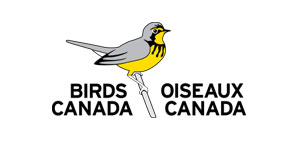
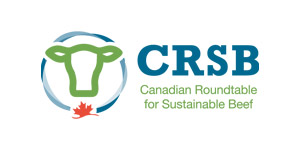
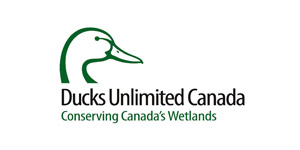
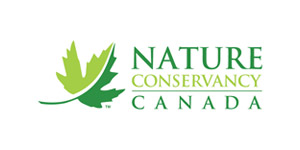
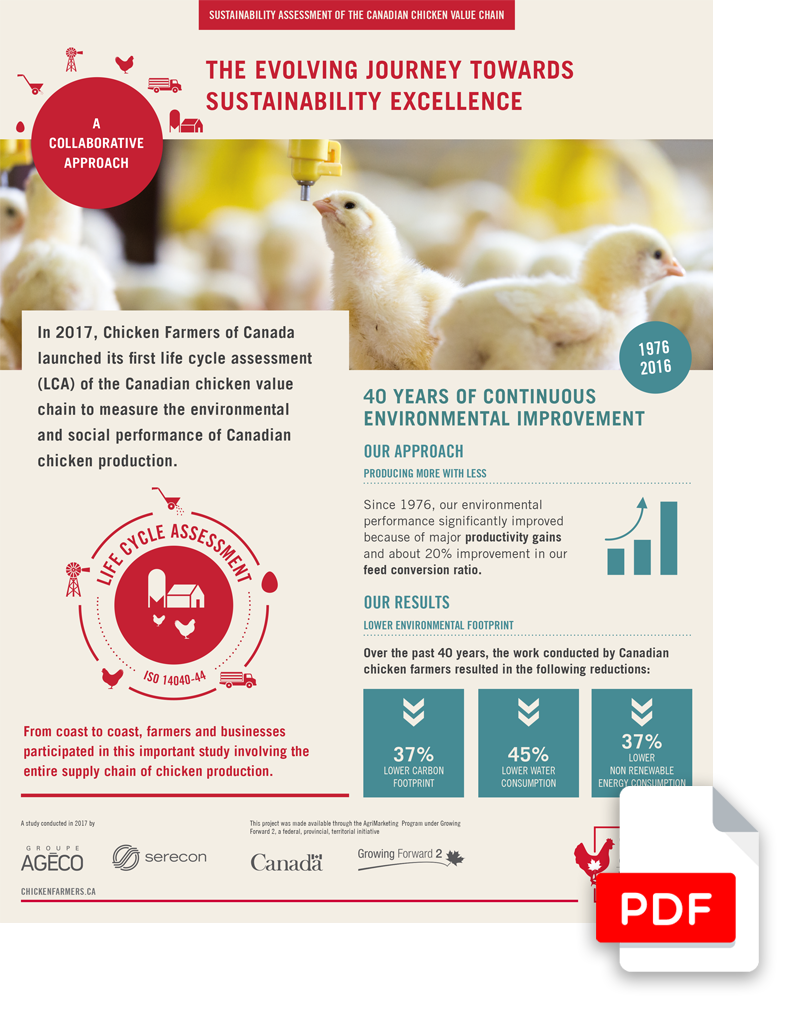 Sustainability Assessment Of The Canadian Chicken Value Chain (EN-PDF)
Sustainability Assessment Of The Canadian Chicken Value Chain (EN-PDF)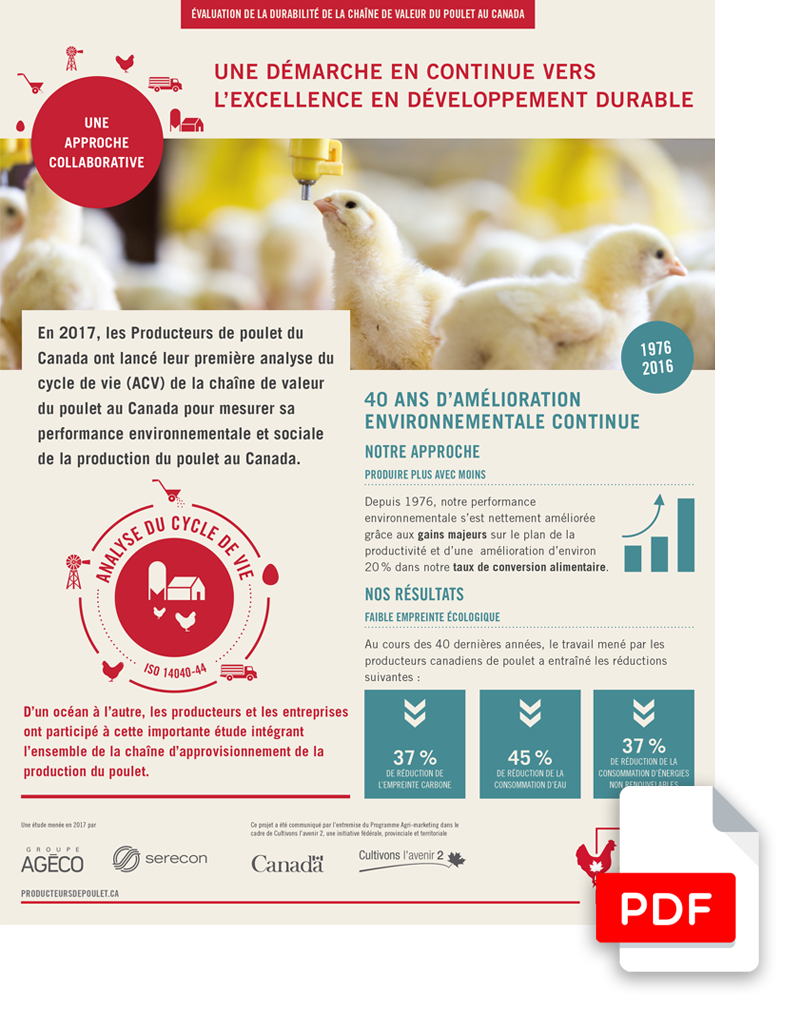 Évaluation De La Durabilité De La Chaîne De Valeur Du Poulet Au Canada (FR-PDF)
Évaluation De La Durabilité De La Chaîne De Valeur Du Poulet Au Canada (FR-PDF)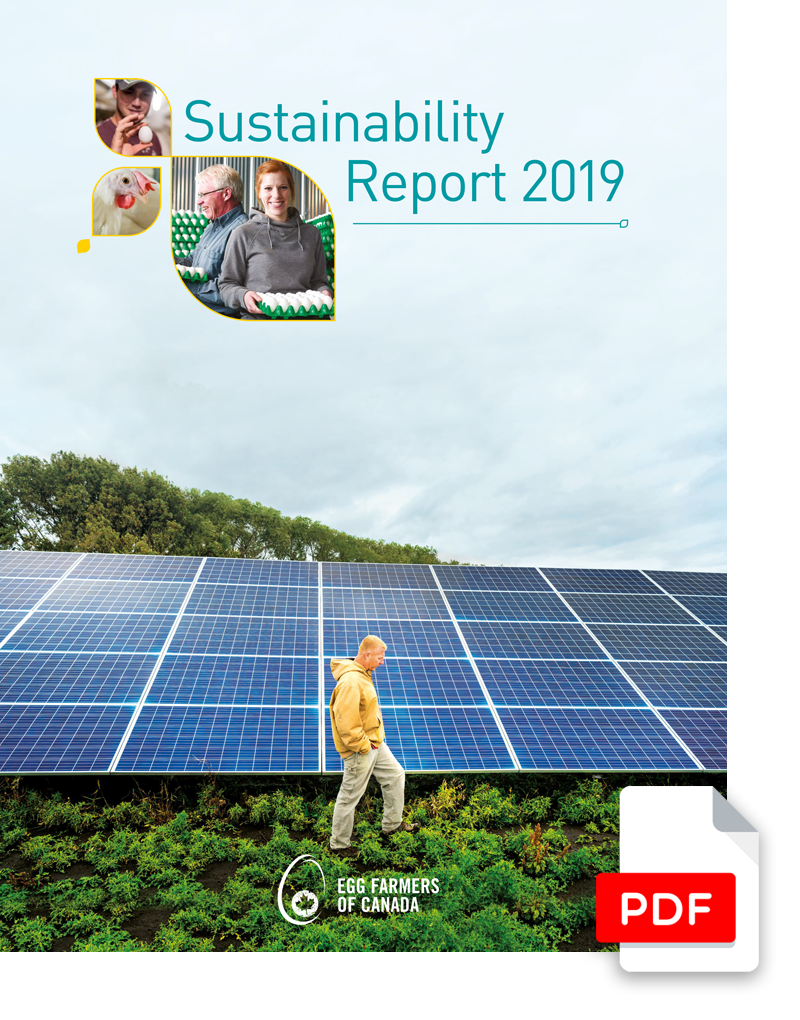 2019 Sustainability Report (PDF)
2019 Sustainability Report (PDF)